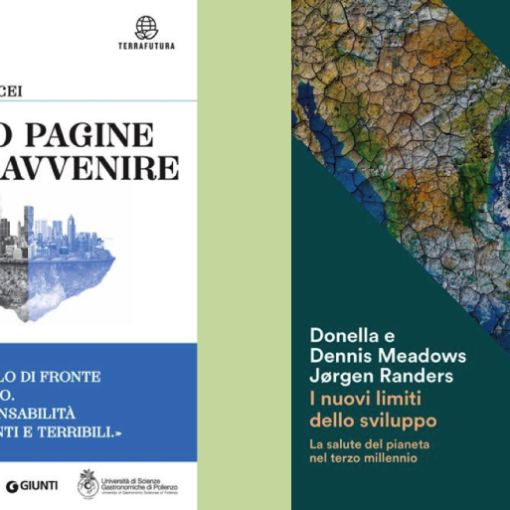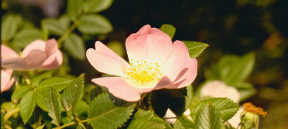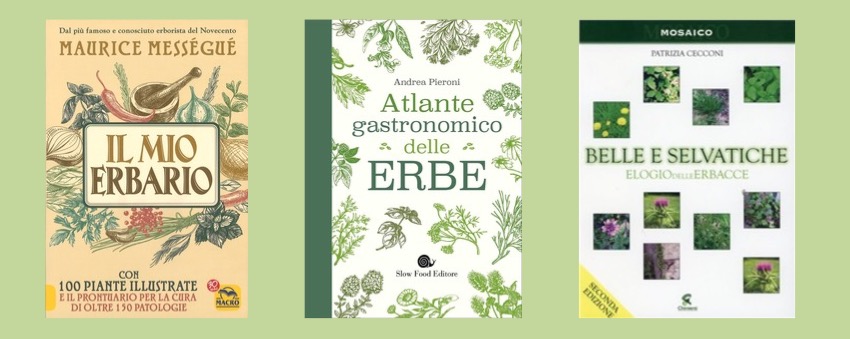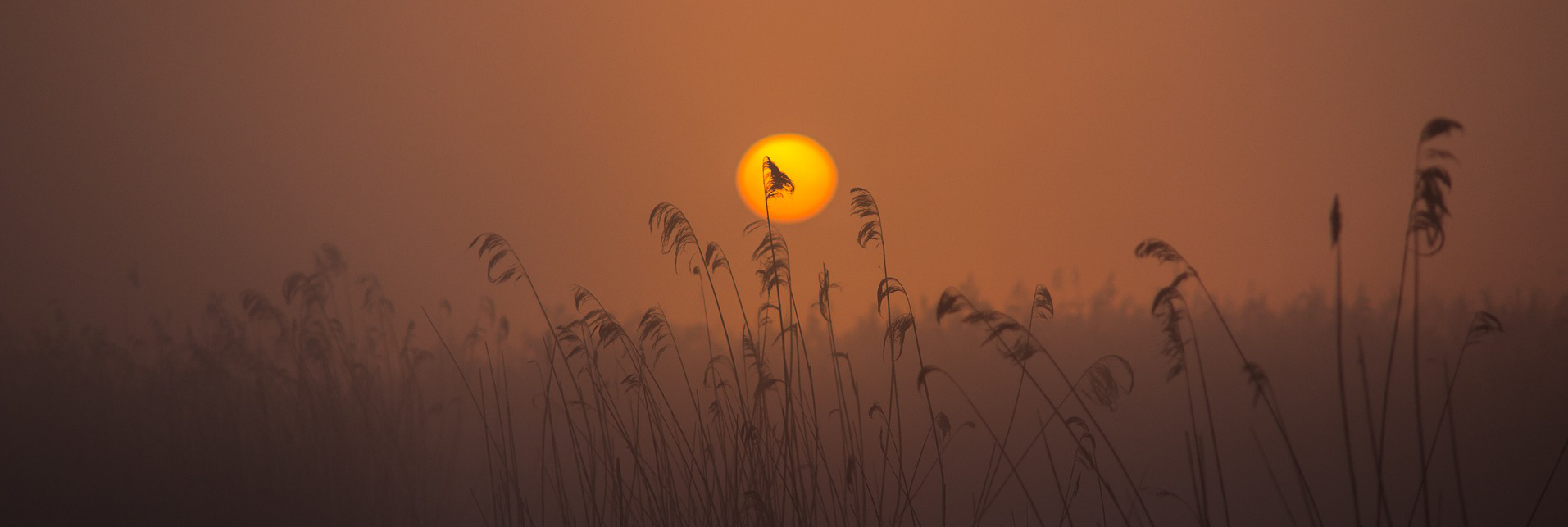
The landscapes of November are certainly not illuminated by many blooms, they are rather brushed by many browns, yellows and ochres that increase with altitude and prelude to the naked winter branches.
Before talking about the November flowerings, I would like to concentrate the attention of the reader on this habit of having the plants most exposed to the cold to strip their leaves.
In areas where the temperature drops below zero, the plants, to avoid the risk of freezing, decrease the amount of liquids that flows under the bark, dropping the leaves.
In the area between the branch and the leaf petiole a separation tissue is formed: a layer of cells originating from the deposit of particular substances, the suberins. This small layer of cork creates a perfect scar, which “stops” the point where the leaf petiole is attached, prevents the drying of the internal cells of the plant and blocks the access of dangerous pests.
But when does this separation fabric begin to form? When the auxins increase, hormones that the plant produces when the photoperiod decreases, that is when the hours of light decrease.
During the process of falling leaves the tree transfers the still usable substances that are inside them in its perennial parts (branches, twigs and buds), and frees itself, concentrating them in the leaves that are about to fall, of many useless materials ( slag).
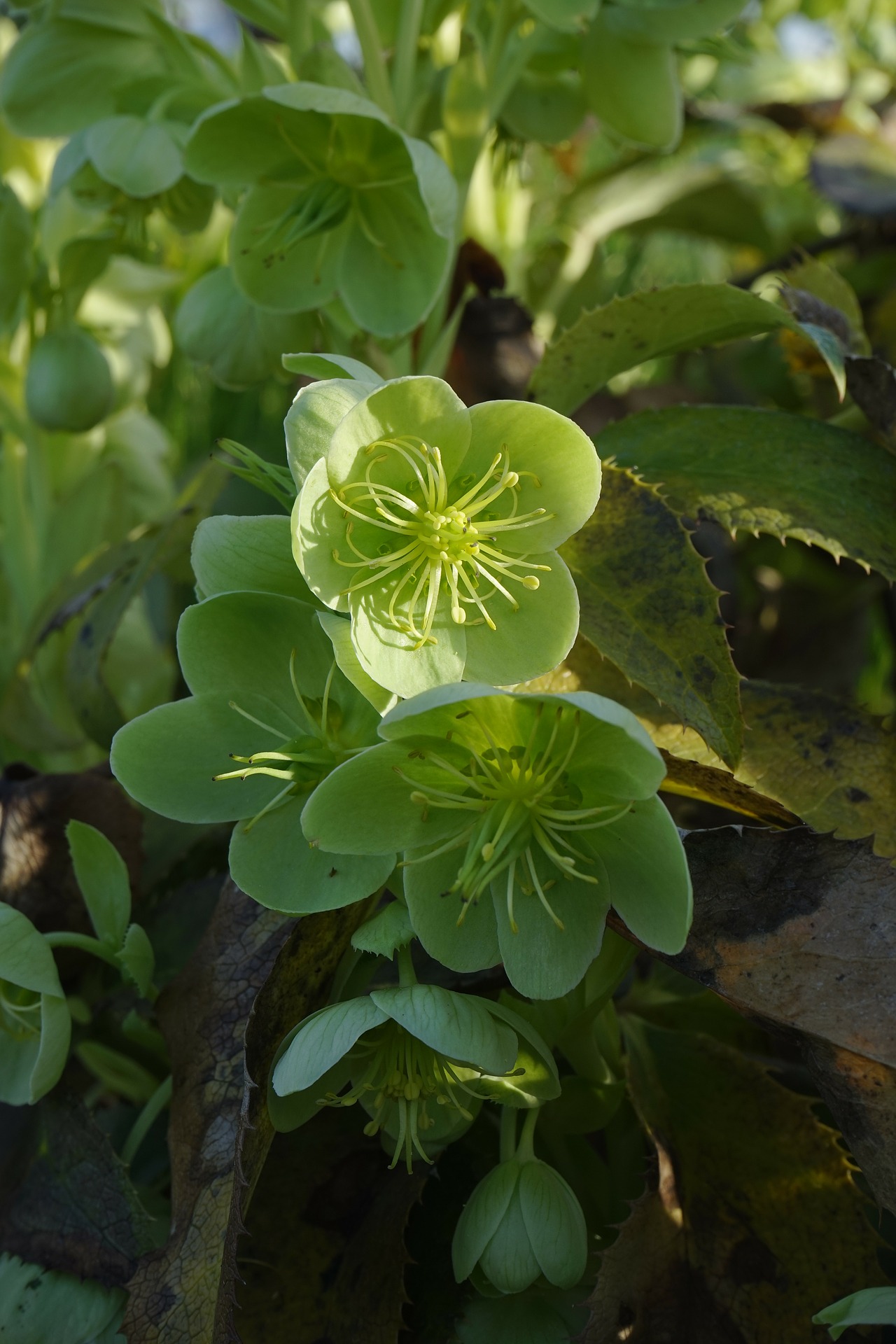
But let’s look at which flowers color the ever more crisp litter of freshly fallen leaves and therefore less dark than the undergrowth.
The Neapolitan Cyclamen (Cyclamen hederifolium) continues to dye the feet of the trees pink and its delicate flowers sprout in tufts among the stones covered with moss.
In the forests of the mountain plain the Helleborus lividus begins its flowering that will last until April. It is a Sardinian-Corsican endemism, that is a plant that is found only in Corsica and Sardinia. This plant with toothed leaves blooms with clusters of 5-6 cm wide flowers ranging from light green to rosé.
In November there is also a plant that many mistakenly consider as algae: Posidonia (Posidonia Oceanica). An extremely important plant for the wellbeing of the coastal marine ecosystem, a form of underwater prairies that make up the habitat of thousands of fauna species. The flowers of Posidonia are obviously not conspicuous because they do not need to attract pollinators, since their pollen is entrusted to the currents of the bottom or to the deep wave motion.
But let’s look at which flowers color the ever more crisp litter of freshly fallen leaves and therefore less dark than the undergrowth.
The last flowers of the domestic cane (Arundo donax) and of the marsh reed (Phragmites australis) entrust their soft inflorescences to the autumn wind before winter rest. The reeds will dry their leaves and in spring they will throw back from the knots, while Cannucce will dry out completely and the new jets will be emitted directly from the floating roots.
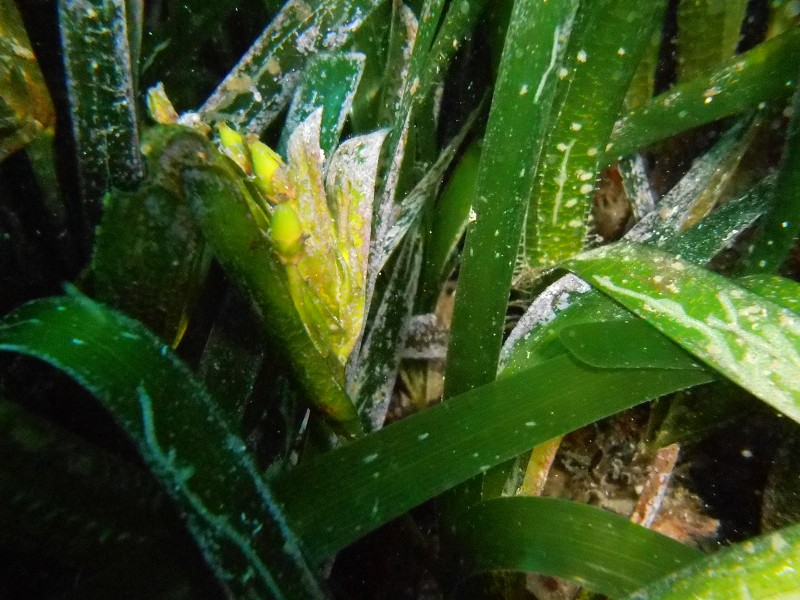
We close the short walkway of the autumn flowers recalling the fragrant pyramidal bunches of the flowers of the Japanese Nespolo (Eriobotrya japonica). Despite its name, the tree that we commonly cultivate in Italy is of Chinese origin and began to spread in Europe at the beginning of the 1800s. The first specimen was planted in the Paris Botanical Garden in 1784, and then, at Kew Gardens of London in 1787. So, while we delight our sense of smell with its flowers, we are waiting for this tree in spring to delight our palate with its sweet fruits …
Credits:
Author: Anna Lacci is a scientific popularizer and expert in environmental education and sustainability and in territory teaching. She is the author of documentaries and naturalistic books, notebooks and interdisciplinary teaching aids and multimedia information materials.
Translation by Maria Antonietta Sessa


